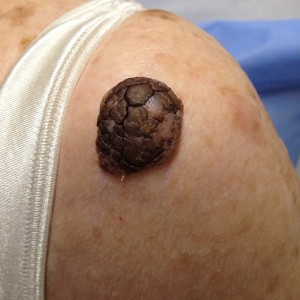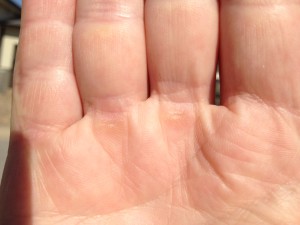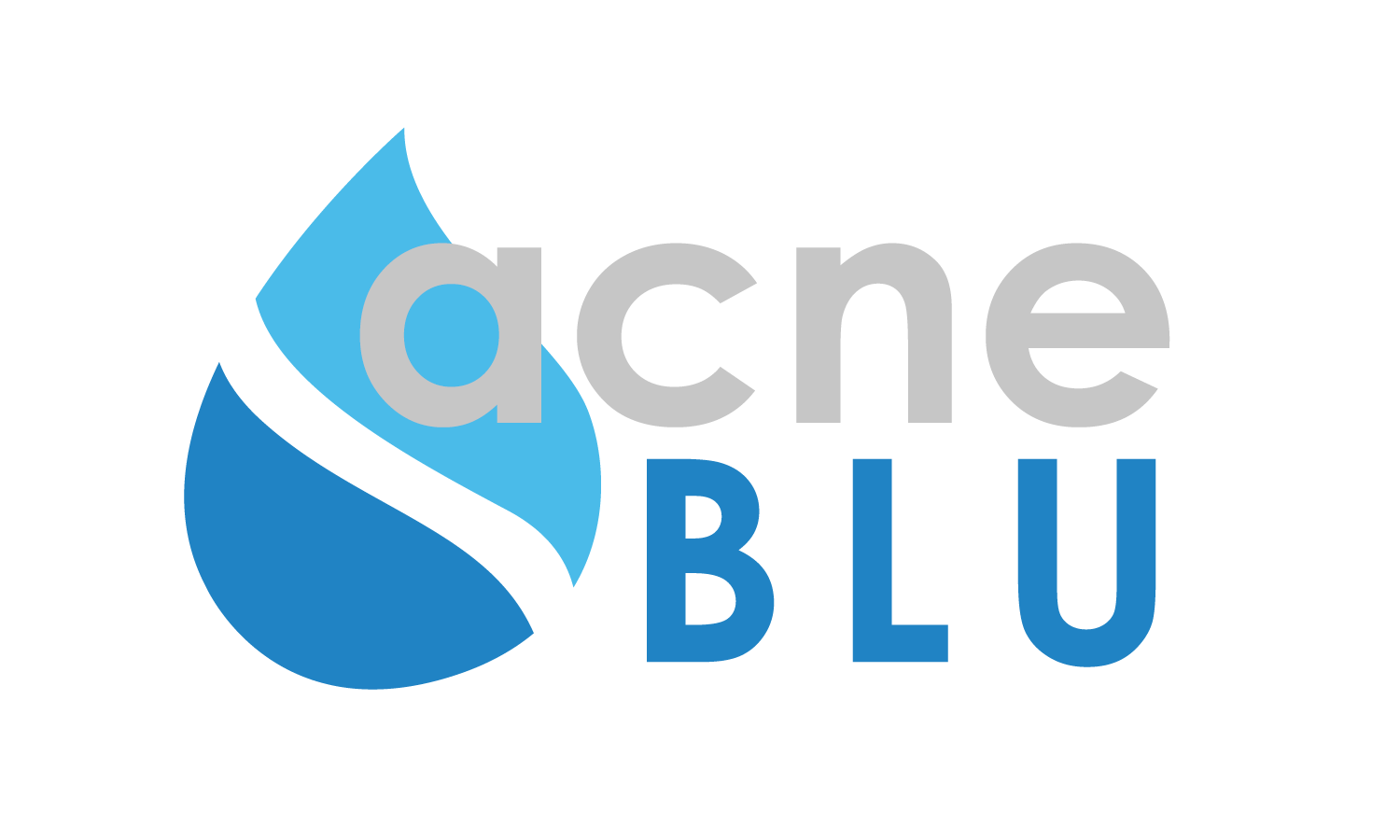2024/04/25 printed from http://dermboard.org All Rights Reserved
What are bumps and growths?
Anything that grows on the skin is commonly called a bump or growth. Health care providers call it papule, nodule or tumor depending on its size. However, depending on its possible cause they are then given different names such as nevus (mole), carcinoma (if it is malignant), keratosis (if it is harmless and scaly), verruca (if it is a wart), acrochordon (if it is a skin tag) etc.
What are some of the most common skin bumps and growths?
Some of the most common bumps are moles (nevi), skin tags (acrochordons), warts (verrucae vulgares), seborrheic keratoses, actinic (solar) keratoses, corns (clavus), water warts (molluscum contagiosum) and unfortunately, more and more common – skin cancers.
What are skin tags (acrochordons)?
Skin tags are harmless small bumps on a short stalk that occur in places where skin rubs against itself, or against clothing. Therefore, they occur in the armpit, on the neck, under the breasts, or in the groin.
How are skin tags treated?
Unless really bothersome, or painful there is no need to treat skin tags. The most common procedure in our practice is to snip them off with sterile scissors after being anesthetized with very small amount of numbing medicine called lidocaine. Other methods are freezing them off with liquid nitrogen, or burning them off using electrodesiccation. Â
What is seborrheic keratosis?

Seborrheic keratosis is a harmless, skin-colored, or brown to black, stuck-on, greasy, or dry and scaly growth on the skin of an unknown cause. You may have one or numerous seborrheic keratoses. They can occur on any part of the body. Seborrheic keratoses usually do not cause any problems, but sometimes they can get irritated, inflamed, itchy and/or sore.
When should I see my health care provider?
In general, your health care provider should check any new growth. Seborrheic keratosis should be treated only if it caused you problems (pain, itching).
How will my health care provider determine that I have a seborrheic keratosis?
Usually good physical exam including touching the skin and looking at it with a special instrument called dermatoscope is enough. Dermatoscope is a handheld instrument that looks similar to battery lamp, but with special system of polarized lenses and LED light that enables your health care provider to take deeper look into the skin. It is usually used by dermatologists. Another name for dermatoscope is epiluminescence microscope.

However, even the most experienced health care provider sometimes may not be sure whether the skin changes are due to seborrheic keratosis. In that case the best would be that you have a test called a skin biopsy. A skin biopsy is a cutting a small sample of the changing skin off to be looked under microscope. There are two types of biopsies, both performed under the local anesthesia and both taking about 5 -10 minutes to perform – a shave biopsy and a punch biopsy.
Shave biopsy is the most common type since it is usually preferred both by patients and by their health care providers, since it does not require placement of stitches and is faster. Your health care provider will numb the skin with small amount of fast acting local anesthetic and then use a razor blade or a more sophisticated instrument called a Dermablade (our favorite), which is actually a razor blade with handles that enable your healthcare provider to have a better control over the depth of the biopsy. Afterwards, the bleeding is stopped by using special liquid called aluminum chloride (which is, by the way, the active ingredient in many anti-sweating deodorants). Then plain Vaseline or a double antibiotic ointment and bandage are placed on the biopsy wound.
Punch biopsy is also a very fast procedure, where your health care provider will numb the skin with small amount of fast acting local anesthetic and then sterilize the skin using special cleansing swabs soaked with povidone-iodine, or chlorhexidine gluconate, put sterile drape over the area, and then use a pen-like cylindrical instrument called a punch, which looks like a very small cookie-cutter that would produce small cylindrical specimen with diameter of about 4 mm and depth of about 5-8 mm. We usually close the wound and stop the bleeding by placing a nylon stitch that should be removed in 1-2 weeks. Then plain Vaseline or a double antibiotic ointment and bandage are placed on the biopsy wound.
The results of the skin biopsy are usually available within 1-2 weeks. We always call our patients with all the results. Please, never agree to a policy of “no news is good newsâ€, since results may be misplaced with possible bad outcome to your health.

What is the treatment for seborrheic keratosis?
In the most cases no treatment is needed; however, if seborrheic keratosis is bothersome, itchy or painful, then the only way to treat it is to destroy it (i.e. there is not any cream that will cure it). The most common way to destroy it is by using liquid nitrogen. The other way is to scrape it off using special sharp instrument called curette. We rarely use electrodesiccation to destroy seborrheic keratosis.
What are corns (clavus)?
Corn (medical name: clavus) is localized conical thickening of the skin at the area of pressure and/or friction, most commonly on the sole and sides of the toes. It is usually painful if you press on it, so walking can be a challenge. Â
What causes corns?
Friction and pressure on the skin cause corns. This could be due to some deformity of the foot bones that press the skin from inside out, causing reactive thickening of the skin in the form of corn (clavus), and/or ill-fitting shoes that press the skin from outside in.
Should I see my health care provider for corn (clavus)?
It is always wise to see your health care provider for an initial exam and for a correct diagnosis. In addition you may need some tests such as x-rays of your foot to check for underlying bone deformity. Sometimes referral to a specialist such as a doctor of podiatric medicine (DPM) (i.e. foot doctor), a specialist for orthopedics, or a dermatologist may be needed.
What is the treatment for corns?
The best would be to treat the cause of the corn such as underlying bone deformity, or replace shoes with better-fitting ones. If you do not have diabetes, you can try corn shavers and corn pads, which you can find in the foot sections of pharmacies and at some grocery stores. But if that does not help, or if you have diabetes you should see your health care provider.
What is callus?

Callus is localized thickening of the skin at the area of pressure or friction. It is not painful when touched compared to corns. It is usually found on hands and feet over bony prominences of joints. It can also be found on palms in manual workers and weight-lifters (body builders). The most common site for callus is over the last joint of the third finger in writers from holding a pen or pencil. Additional names for calluses are jogger’s toes, tennis toe, surfer’s nodules, knuckle pads etc. depending on the site and the cause of the callus.
What causes calluses?
Friction and pressure on the skin cause calluses just like they cause corns, but calluses are not painful when touched compared to corns.
Should I see my health care provider for calluses?
It is always wise to see your health care provider for an initial exam and for a correct diagnosis.
What is the treatment for calluses?
The best would be to treat the cause of the callus such as removal of any pressure or friction at the site of callus. Using over the counter wart remover containing salicylic acid, 12% ammonium lactate lotion (brand names: AmLactin and Lac-Hydrin), or creams containing 20% urea (brand name: Carmol) may help thin the callus. Wearing protective padding or gloves may help as well.
